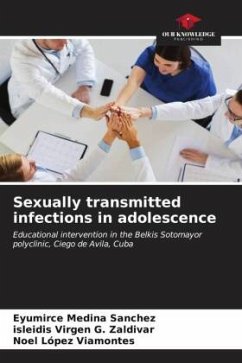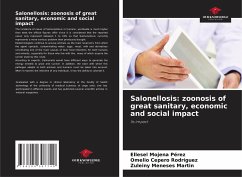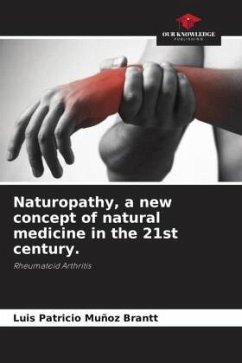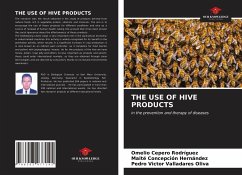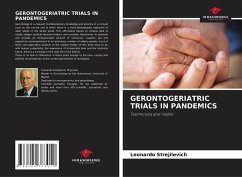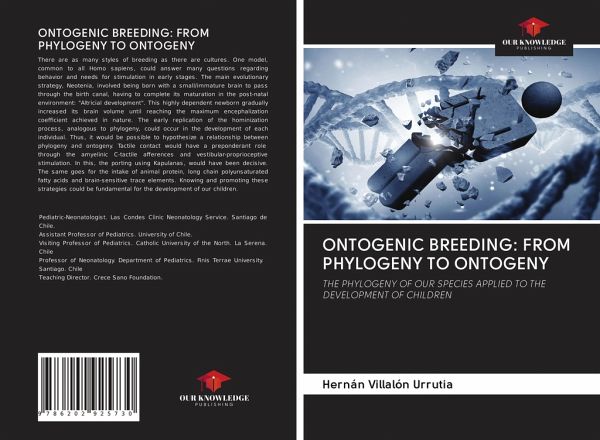
ONTOGENIC BREEDING: FROM PHYLOGENY TO ONTOGENY
THE PHYLOGENY OF OUR SPECIES APPLIED TO THE DEVELOPMENT OF CHILDREN
Versandkostenfrei!
Versandfertig in 1-2 Wochen
18,99 €
inkl. MwSt.

PAYBACK Punkte
9 °P sammeln!
There are as many styles of breeding as there are cultures. One model, common to all Homo sapiens, could answer many questions regarding behavior and needs for stimulation in early stages. The main evolutionary strategy, Neotenia, involved being born with a small/immature brain to pass through the birth canal, having to complete its maturation in the post-natal environment: "Altricial development". This highly dependent newborn gradually increased its brain volume until reaching the maximum encephalization coefficient achieved in nature. The early replication of the hominization process, analo...
There are as many styles of breeding as there are cultures. One model, common to all Homo sapiens, could answer many questions regarding behavior and needs for stimulation in early stages. The main evolutionary strategy, Neotenia, involved being born with a small/immature brain to pass through the birth canal, having to complete its maturation in the post-natal environment: "Altricial development". This highly dependent newborn gradually increased its brain volume until reaching the maximum encephalization coefficient achieved in nature. The early replication of the hominization process, analogous to phylogeny, could occur in the development of each individual. Thus, it would be possible to hypothesize a relationship between phylogeny and ontogeny. Tactile contact would have a preponderant role through the amyelinic C-tactile afferences and vestibular-proprioceptive stimulation. In this, the porting using Kapulanas, would have been decisive. The same goes for the intake of animal protein, long chain polyunsaturated fatty acids and brain-sensitive trace elements. Knowing and promoting these strategies could be fundamental for the development of our children.








